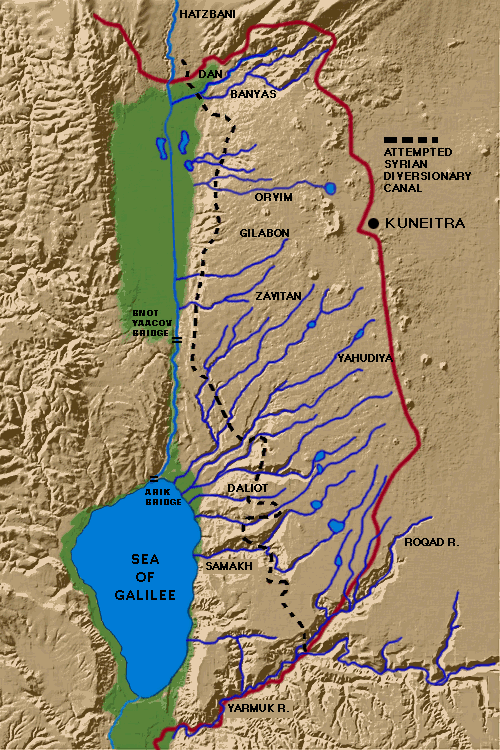It's All Connected
Israel took the Golan Heights from Syria in the 1967 Six-Day War and annexed it 14 years later, an action the United Nations has never recognized. Militarily, the Heights are the strategic high ground: Syria used them to shell northern Israel, and from them Israeli forces can now monitor troop movements all the way to Damascus. But the Golan Heights have a more important attribute: All those streams flowing into the Jordan River supply a third of Israel’s fresh water, an increasingly scarce commodity in that part of the world. 
Research published earlier this year linked the “extreme drought” in Syria (which it in turn linked to manmade warming trends) to the violence that has killed 220,000 people, displaced six million and led to the haunting images of refugees walking across Europe.
It’s in many ways a familiar story: As Thomas Friedman reported two years ago, the Assad government encouraged its cronies to consolidate land into large farms, abetted by wasteful water policies. The result was to drive small farmers off the land and into cities, where they became an unskilled and largely unemployed labor force. The drought finished the job, and the government provided no relief to millions of displaced people. When they rebelled, it sought to crush them.
Drought is not the only – and perhaps not even the primary – cause of Syria’s violence, but water is as important a part of the equation in the Middle East as oil. And it provides another confirmation of the vital connection among environmental degradation, social injustice and political unrest.